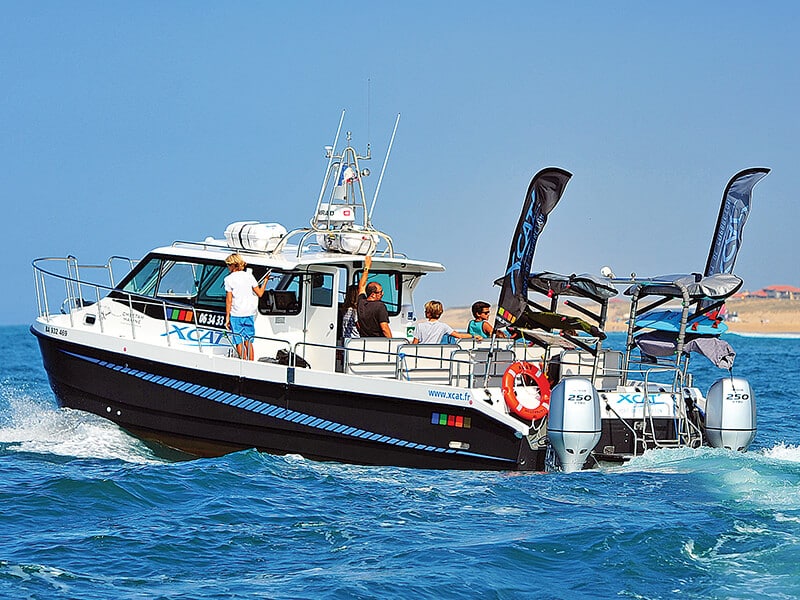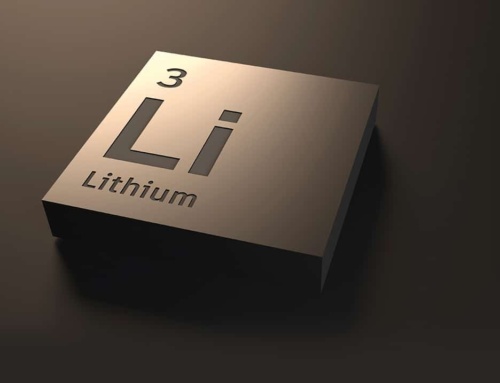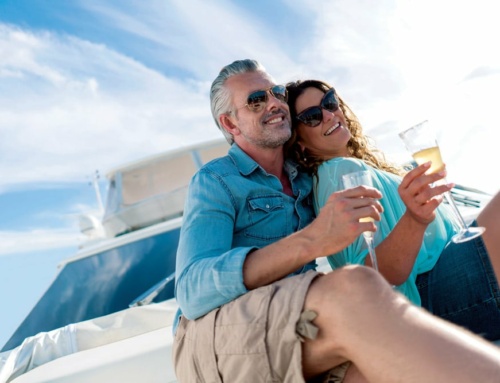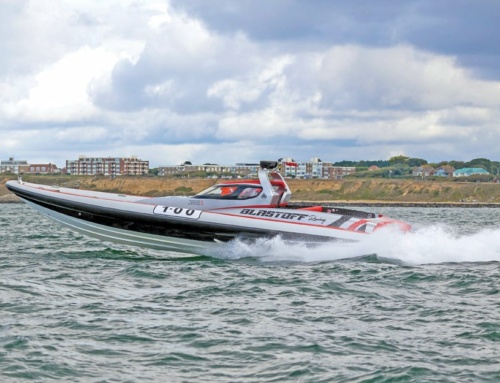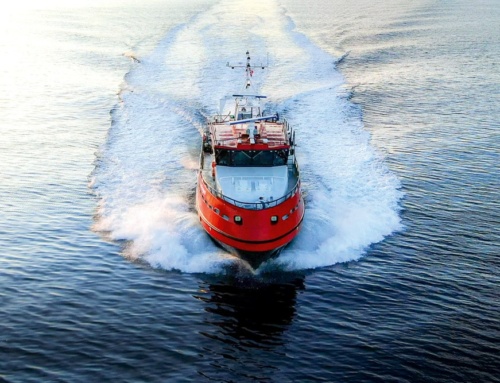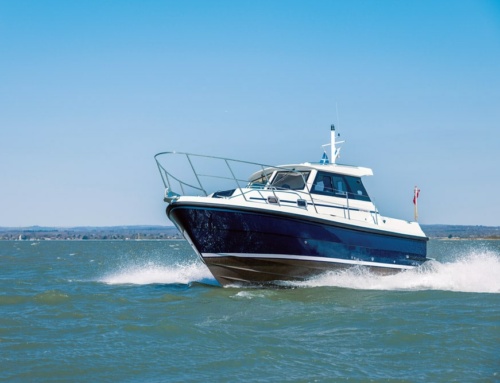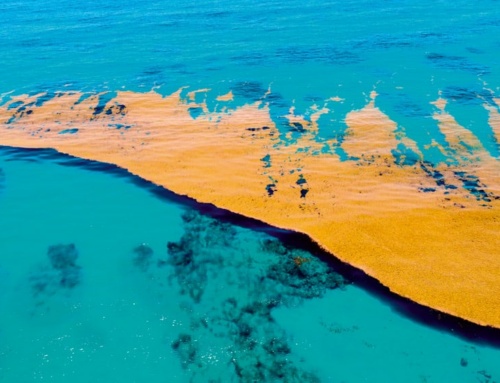Simon Everett dons his beret and wetsuit and heads for Cap Breton to check out the surf…
- The powerful Cheetah X-Cat really stands out from the crowd with her modern, stylish graphics and massive deck space…
- This is one of the joys of the Cheetah – it’s capable in a big sea, but with outboard power, shallow-water running isn’t a problem.
- Finding a good wave that is difficult, or impossible, to access from the shore is something of a Holy Grail for surfers…
- With the arrival of the X-Cat the port of Cap Breton has received publicity and exposure that otherwise might have gone untapped.
Any good business idea starts with a vision and is carried through by someone who has the foresight and ability to take advantage of the situation. It is a question of finding a niche and exploiting it. That is exactly what Franck Vidal did with the rise in popularity of surfing along the coast surrounding his home port of Cap Breton in the Gulf of Gascony when he ordered an 11.2m Cheetah cat powered by twin Honda BF250 outboards. He had the boat built to cater for a variety of uses – normal one-hour tourist trips, party trips and evening sunset trips with tapas – but to make the most of the opportunities he had her fitted with board racks and good catering facilities with a large fridge and took delivery of the finished boat in June 2014.
The west coast of France is exposed to the might of the Atlantic swells, with a length of fetch all the way from America with nothing to break the run. The Bay of Biscay is the generic name for the piece of water stretching from Ushant in North-West France to the Point of Bares in North-West Spain, and it has a reputation for the size of the seas that build there, due to the exposure to the entire Atlantic and also the underwater topography. Cap Breton is a small port whose entrance, with twin piers, faces due west straight into the jaws of those rolling swells. The local boatmen have to run the gauntlet of the entrance to go to sea, which is no mean feat when there is a 10-metre swell rolling in, but the skippers get used to timing their run between the waves and making it out through the 40-metre-wide entrance into open water.
One of the geological facets of Cap Breton is the proximity to deep water. You see, the entrance is an old river mouth, but within 100 metres of the entrance the depth suddenly drops off to 100 metres, and within 1 mile it is 1000-metres deep, and the canyon off Cap Breton drops down to 2000 metres within 5 miles of the coast. Those large Atlantic groundswells rear up when they hit the shallowing water along the coast and produce a fearsome surf. This fact has not been lost on surfers, who have long made this stretch of coast a ‘go to’ destination, and the surfing culture has been embraced locally with several surf schools in each town. Biarritz has become to this stretch of coast what Newquay is to Cornwall.
The problem with popularity on this scale is that the beach becomes crowded, especially where the waves are working, and keen surfers will take their boards on a mountain bike and cycle for 45 minutes along the beach to find a quieter spot. Most surfers will walk a short distance, but invariably the best spots become overcrowded. Finding a good wave that is difficult, or impossible, to access from the shore is something of a Holy Grail for surfers, who see the riding of a remote wave as an adventure, and they will dig deep into their pockets to fund such a trip. Some of the offshore reef breaks around the world have become legendary and the wave is given its own name – perhaps one of the most famous is ‘Jaws’ off Maui on the north coast of Hawaii. This incredible wave rears up to 60 feet over the reef ridge that creates it, and to gain enough speed to ride the wave, jet skis are used to tow the surfers out to the wave and get them going before the surfer drops the towline, allowing the jet ski to power up and over the wave, out of the way just before it breaks.
Another string to Franck’s bow is that about 15 miles from Cap Breton there is an offshore reef that, a couple of times a year when conditions are right, produces another of these famous waves. This one is called ‘Belharra’ after the reef that creates the wave. Already Franck has had enquiries as to whether he would take groups down there and provide the boat as a photographic platform to record the wave-riding antics. The fact that a new venture is already receiving enquiries of this kind from far afield is a great illustration of how a good idea can turn into a viable business proposition with the marketing reach of the Internet.
Most of the tourist boats at Cap Breton are traditional types of displacement style. The powerful Cheetah X-Cat really stands out from the crowd with her modern, stylish graphics and massive deck space with comfortable wheelhouse seating, and her turn of speed. With the arrival of the X-Cat the port of Cap Breton has received publicity and exposure that otherwise might have gone untapped. The ability of surf visitors to find waves to ride in otherwise difficult or crowded conditions has spread through the surfer world like wildfire and attracted big-name surfers to the town. They all want to use the Surf Safari to find secluded waves, away from the madding crowd, and with the option of on-board catering Franck is on to a winner.
Speaking of catering, another popular earner for the boat is the sunset cruise that Franck does. This is a popular trip for parties with family and friends. Catering is done tapas style and the price includes food and drink. The most profitable are the one-hour tourist trips, though – the boat is generally at slow speed and they don’t go far. But the trips that fire Franck’s enthusiasm are the surf safaris and it is this aspect that sets him apart. We went along to witness the exhilaration of finding an untapped wave.
On board were some very promising young surfers that Franck is keen to support and help on their competition path. Kim is actually European junior champion and lives locally so is often included in the surfing party on these surf safaris. We were a little unlucky in some ways in that the sea was virtually flat calm when we were there, so the usual rollers that form off the mouth of Cap Breton were absent, but so too were the breakers for the surfers to play in on the town beach. It is in these conditions that Franck can help by taking the surfers in search of a sandbank where there are some waves to practise on. Sometimes he has to venture as far as 15 miles up the coast, looking for a spot where the waves are ‘working’. What he is looking for is a clean break with a rideable wave, not just a shore dump.
We travelled past several likely-looking spots, but the waves were erratic and not regular enough. Eventually, about 11 miles north of Cap Breton, we came upon a spot where an offshore sandbank caused the residual swell to rear up and crest at enough of an angle to the shore to create the classic surfer’s wave with a crest that travels along the wave as it approaches the beach. This was deemed as good as we would get in the prevailing conditions.
Franck took the boat in to within a couple of hundred metres from the beach, which sounds fine, until you realise we were only in about 2 metres of water and we could quite clearly see the ripples in the sand on the bottom. For safety the catamaran is positioned at an angle to the waves, facing them with one bow. The side door is opened and the surfers jump out, well clear of the boat in case a big wave comes unexpectedly and Franck has to power ahead. This positioning leaves him able to power away and bring the catamaran head into any approaching wave, swinging the motor away from the people in the water – an important safety consideration. With the surfers gone, paddling to where they can catch the waves, Franck brings the boat around and finds a spot to drop anchor, just out of the surf zone, but close enough to be reachable by paddled surfboard at the end of the session. For us, however, Franck settled the boat in the surf so we could watch the antics on the waves for a bit. When the breaking waves threatened to come over the high fo’c’s’le of the 11.2m Cheetah it was deemed time to move out a bit! This is one of the joys of the Cheetah – it’s capable in a big sea, but with outboard power, shallow-water running isn’t a problem.
After an hour or so the youngsters came back to the boat and climbed aboard. The easy-boarding ladder on the stern pod, between the engines, is a safe entry point, and the side door is low enough to the water to climb aboard that way too. We took the boards off the guys first – they are very lightweight and easily damaged, which is why there is the dedicated racking for them at the stern.
After a good play in the surf it was time to go home. Franck got out the inflatable donut and those that wanted to took turns at being towed in great arcs behind the 500 Honda horses. It was like a fairground ride and put more massive smiles on everyone’s faces, which is what boating and water sports life is all about. This is just another illustration of how a boat can broaden the horizon for so many different activities and pastimes.
Contact
Cheetah Marine
http://www.cheetahmarine.co.uk

